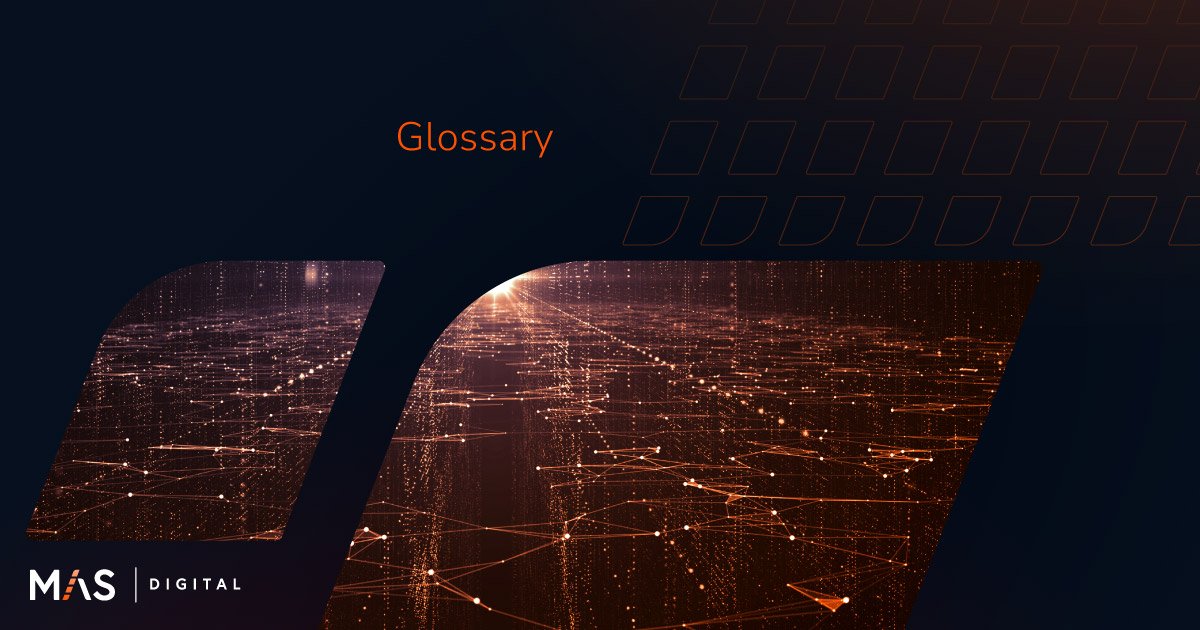What is Cosmos?
Cosmos is an ecosystem of interconnected blockchains designed to break down the barriers that have long separated digital ledgers. By enabling different blockchains to communicate seamlessly, Cosmos paves the way for an “Internet of Blockchains.” Its native token, ATOM, not only fuels network security through staking but also serves as a key tool in governance, allowing community members to shape the protocol’s evolution.
History and Vision
A Vision for Interoperability
Founded with the ambition to eliminate fragmentation in the blockchain space, Cosmos was conceived to solve the inherent limitations of isolated networks. Pioneers behind the project envisioned a future where blockchains could interact, share data, and transact without friction—unlocking new levels of innovation and collaboration across industries.
From Concept to Reality
Cosmos has grown from an innovative idea into a thriving ecosystem, largely driven by its groundbreaking technical framework. At the heart of this evolution lies the commitment to decentralization and open collaboration, ensuring that the network remains adaptable to emerging technologies and use cases.
Under the Hood: Technology and Architecture
Cosmos Hub and Zones
Cosmos employs a hub-and-spoke model with the Cosmos Hub at its center. Independent blockchains, known as zones, connect to this central hub, benefiting from shared security and interoperability while maintaining their unique features and governance.
Tendermint and the Cosmos SDK
- Tendermint Core: Cosmos utilizes the Tendermint consensus engine, a Byzantine Fault Tolerant (BFT) protocol that ensures fast finality and robust security. This mechanism underpins the network’s ability to process transactions swiftly and securely.
- Cosmos SDK: The platform provides a modular framework for developers to build custom blockchains with ease. The Cosmos SDK streamlines the development process, allowing creators to focus on functionality and innovation without getting bogged down by underlying protocol complexities.
Inter-Blockchain Communication (IBC)
A standout feature of Cosmos is the Inter-Blockchain Communication protocol. IBC facilitates secure and efficient data transfers between heterogeneous blockchains, enabling them to operate as a cohesive network. This breakthrough in interoperability not only boosts the utility of individual chains but also lays the groundwork for a unified blockchain ecosystem.
Ecosystem and Community Impact
Empowering Decentralized Innovation
The Cosmos ecosystem is a melting pot of diverse projects, ranging from decentralized finance (DeFi) applications and NFT platforms to enterprise-grade solutions. Each zone can specialize in its niche while interacting seamlessly with others, fueling a rich landscape of innovation.
Governance and Community Involvement
ATOM holders play a central role in the governance of Cosmos. Through staking and voting, community members can propose and approve critical protocol upgrades, ensuring that the network evolves in line with the collective vision of its users. This participatory model reinforces the ethos of decentralization and empowers stakeholders at every level.
Innovations and Unique Selling Points
Interoperability at Scale
Cosmos sets itself apart by directly addressing one of the biggest challenges in the blockchain space: siloed networks. By enabling cross-chain communication through IBC, Cosmos fosters an ecosystem where value and data flow freely between blockchains.
Scalability and Flexibility
The modular architecture provided by the Cosmos SDK and the robust performance of the Tendermint consensus engine make it possible for developers to create highly scalable and customizable blockchains. This flexibility is crucial in a rapidly evolving digital landscape, where adaptability is key to long-term success.
Security and Efficiency
Cosmos’s consensus mechanism and decentralized structure offer a secure environment that minimizes vulnerabilities. The use of a hub-and-zone model not only streamlines operations but also allows for efficient resource sharing and enhanced overall network resilience.
Challenges and the Road Ahead
Bridging Diverse Networks
While the promise of interoperability is compelling, ensuring seamless integration across a wide array of blockchains remains a complex challenge. Ongoing improvements to the IBC protocol and continuous collaboration among developers are essential to overcome these hurdles.
Competition and Ecosystem Growth
The blockchain landscape is fiercely competitive, with numerous projects vying to become the go-to solution for interoperability. Cosmos must continue to innovate and expand its ecosystem to maintain its leadership position in this dynamic environment.
Regulatory and Adoption Dynamics
As with many blockchain projects, Cosmos faces an evolving regulatory landscape. Clear, compliant strategies and ongoing dialogue with policymakers will be crucial to ensure that the network can grow without compromising its decentralized ethos.
Conclusion
Cosmos stands at the forefront of a transformative movement in the blockchain industry—one that envisions a future where disparate networks are no longer isolated silos but interconnected building blocks of a unified digital economy. With its innovative hub-and-zone architecture, powerful consensus mechanisms, and commitment to decentralization, Cosmos offers a robust framework for the development of scalable, interoperable applications.
For developers, investors, and blockchain enthusiasts alike, Cosmos represents not just a technology, but a bold vision for the future of digital collaboration and innovation. As the project continues to evolve, it is poised to redefine the way we interact with and leverage blockchain technology, paving the way for a truly interconnected world.

